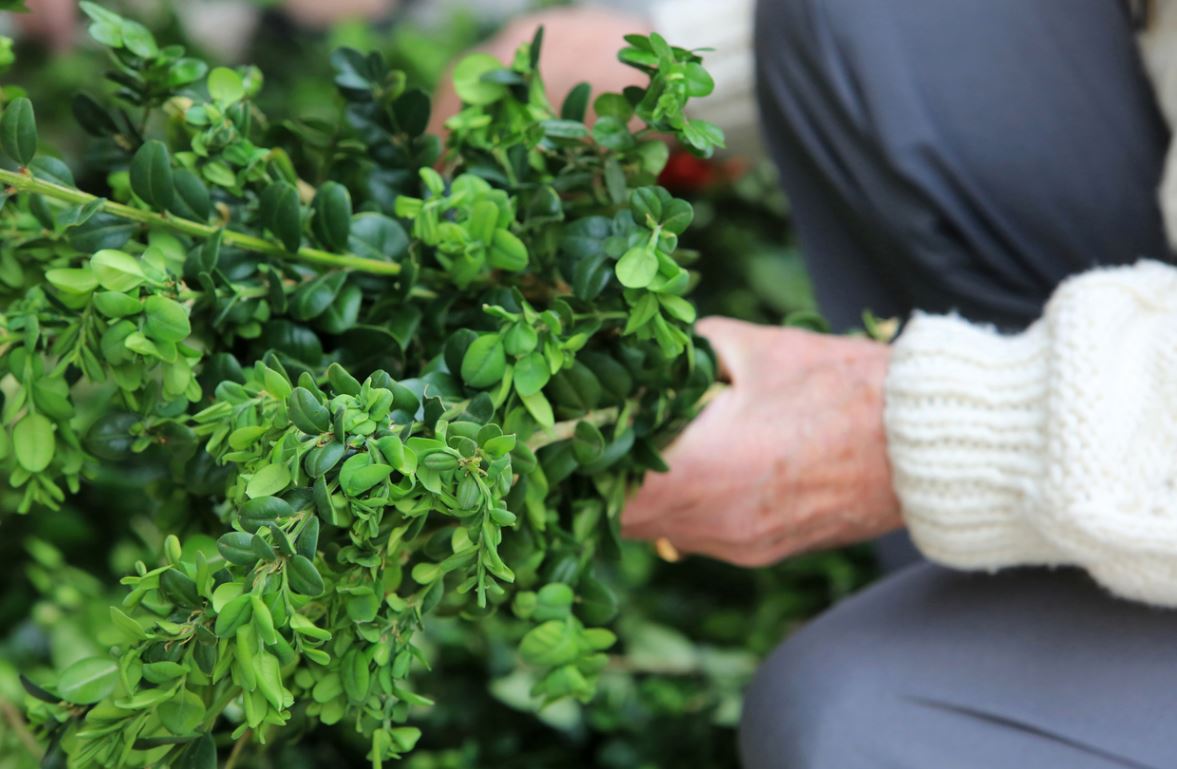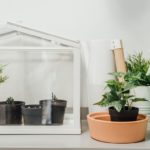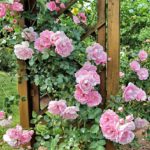Due to their diverse and regularly renewed offer, houseplants invite you to forget about the seasons, allowing you to flower the house all year round. Change plants often to avoid monotony. But to make good purchases, follow these few tips …
Where to buy them?
Garden centers, horticulturalists, agricultural self-services, supermarkets, DIY stores, florists in shops or in markets, offer indoor plants. But the assortment, services and quality offered are not the same everywhere.
Garden centers. These specialists present the widest range of plants with the latest innovations. These stores have developed an image of competence thanks to their advice. Some outlets even agree to search for the unusual plant, spotted in a magazine. The offer is generally homogeneous, the plants almost all labeled. With well-trained staff and suitable facilities, the plants are maintained and healthy. You have all the complementary products at your fingertips: potting soil, containers, fertilizers, stakes, tools, plant pot, etc.
Supermarkets. Food or DIY, they offer attractive prices, but on limited lots and sometimes of questionable quality. Buy the plants on the day of arrival, these stores do not have all the facilities to keep the plants in good condition.
Horticulturalists. They offer the plants they produce. Many are specialists in certain species and they will know how to tell you enthusiastically about their plants and how to grow them.
Florists. They play on the “staging” and the quality of the packaging. You can find exceptional plants in size or very original species in some shops, but often at high prices.
The steps. They are limited to a standard offer, under sometimes questionable storage conditions. Avoid buying outside of the summer, as plants in the market are subject to hot and cold which can be fatal.
Our advice: The garden centers have competent people in each department to advise you and guide your choice. Do not hesitate to consult them. Staff are much less available on weekends. If you can’t make it on weekdays, come and get advice before noon instead.
Seasonal shopping
Seasonality is not very marked for green plants. Some flowering species are not found all year round. Poinsettias and azaleas are at their peak in December, for the holidays. At the same time bloom: cyclamen, Christmas cactus, amaryllis and orchids (especially Cymbidium and Phalaenopsis). The beginning of the year saw massive arrivals of forced bulbs and indoor primroses. From the first fine days, the shelves are filled with Mediterranean plants: oleander, abutilon, jasmine, passionflower, dipladénia.
Some species are summer: clerodendron, allamanda, cestrum, etc. Visit the stores regularly to take advantage of the seasonal features, knowing that the largest offer is available at the end of summer, with promotional operations such as “the return of plants”.

Tips for transporting your indoor plants
Group the small pots in a box (stores provide very practical boxes) and slide heavy paper between the plants to stabilize them. Install the box in the trunk, never on the rear parcel shelf of the car.
It may fall off the first time you brake, and if the sun is shining, the plants will suffer from excess heat.
Wrap large jars in bubble wrap or plastic. Tighten the foliage, it will damage much less, especially that of palm trees or medinillas. Fold down the passenger seat and lay the plants down, making sure that the soil does not overflow from the pot. To do this, wrap the pot in a plastic bag and tie a tie around the trunk of the plant. Do not travel indoor plants on the gallery, even wrapped in paper: they will not withstand wind, cold or sun.
Protect blooming orchids or gardenia well, as soon as the temperature is below 12 degrees, otherwise the flower buds fall off a few days after purchase.
Once at home, install the plants in their new environment and do not move them around if they seem to like them. Wait two weeks before adding fertilizer.
A month after purchase, you can repot if you find that the plant is in a cramped place or if it is grown in a medium of blond peat.
To read also: Houseplant: the different types of fertilizers
Make the right choice
The condition of the foliage is a decisive criterion for choosing. The plant must be free from pests without showing the ends of the leaves shriveled or withered, except in certain palms, which is an almost normal behavior. Dull, drooping leaves, bald stems are warning signs: the plant has suffered.
Also avoid plants with lots of roots sticking out of the pot or forming a tight bun, which is a sign that the plant has been in the same container for too long. For the same reason, the surface of the soil should be free from moss and lichen (except bonsai).
Overly fattened plants can be recognized by their very tender leaves and stems. They may find it difficult to support the passage from the greenhouse to your interior. For flowering plants, prefer those with many barely hatched buds and one or more other flowering stalks to come. Their development will last much longer.
Read also :








